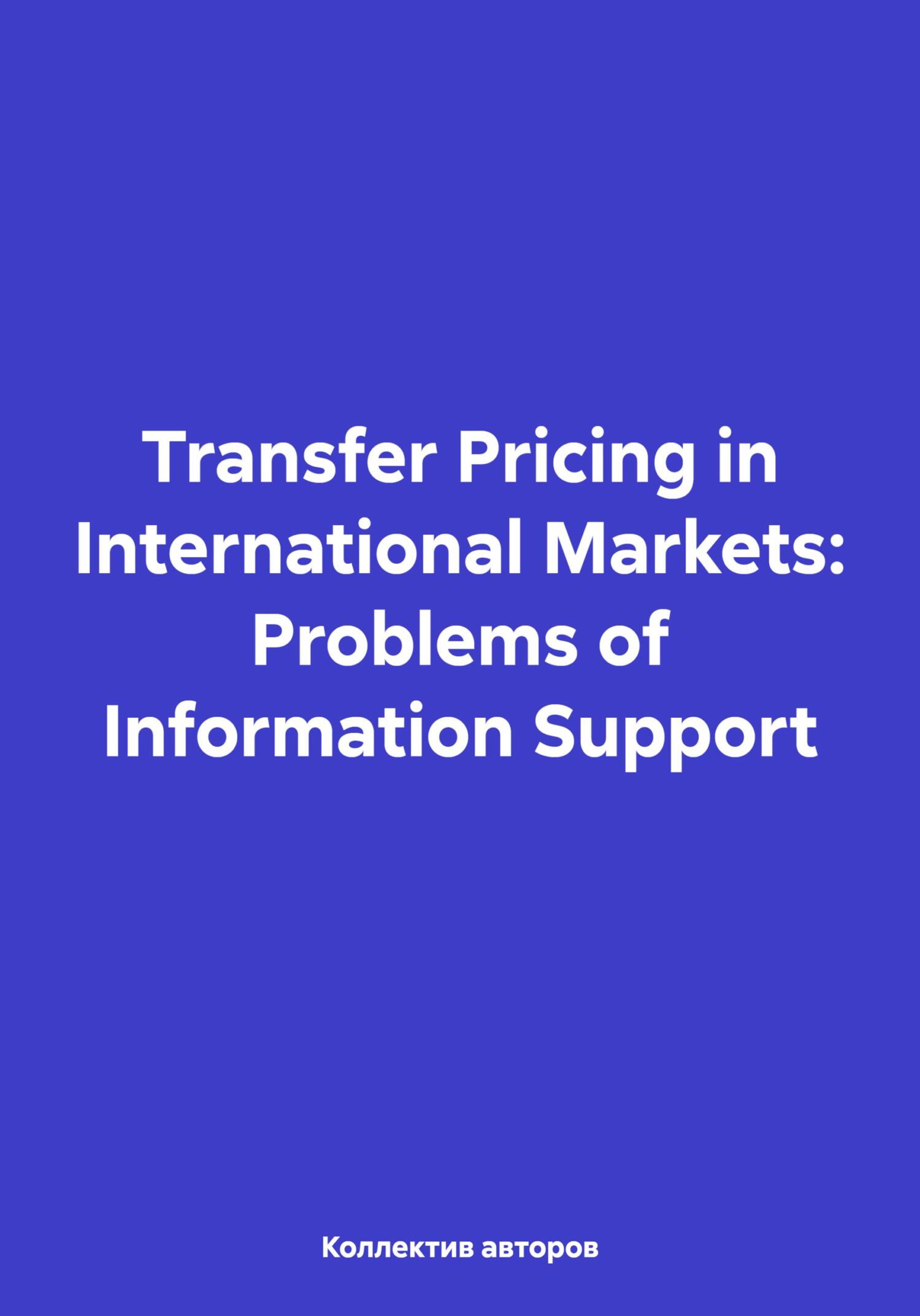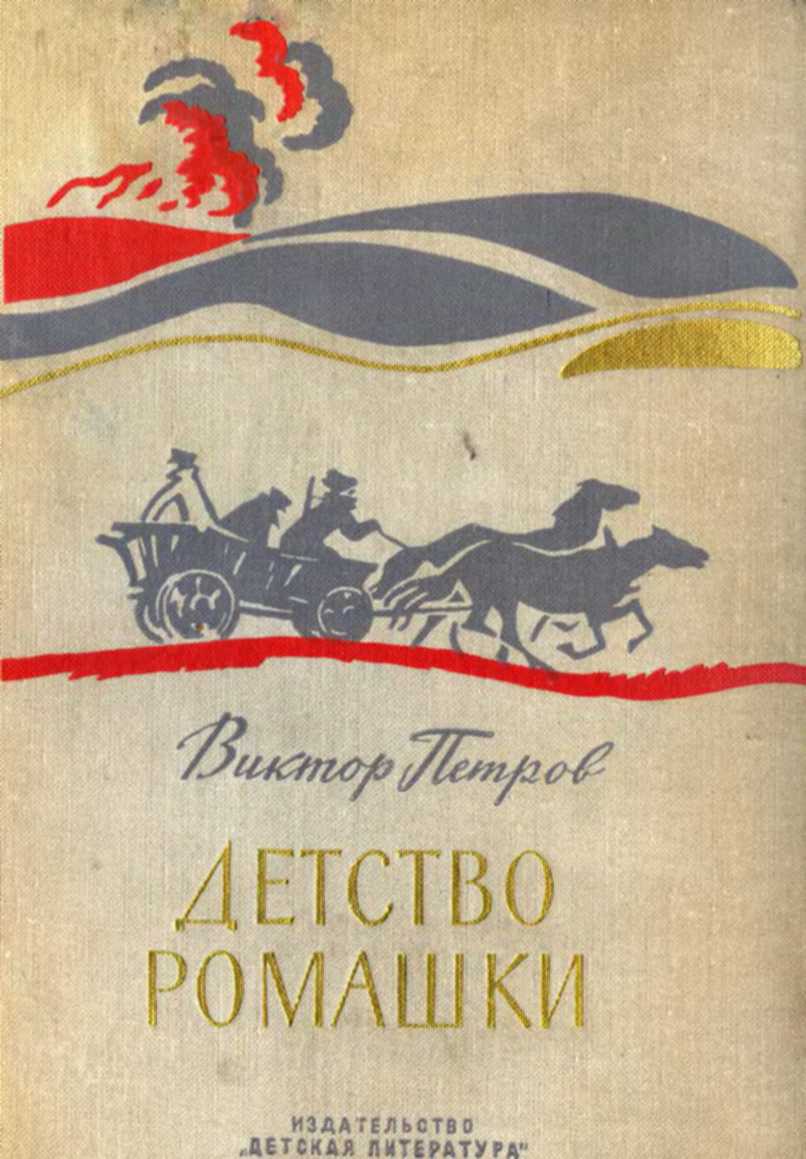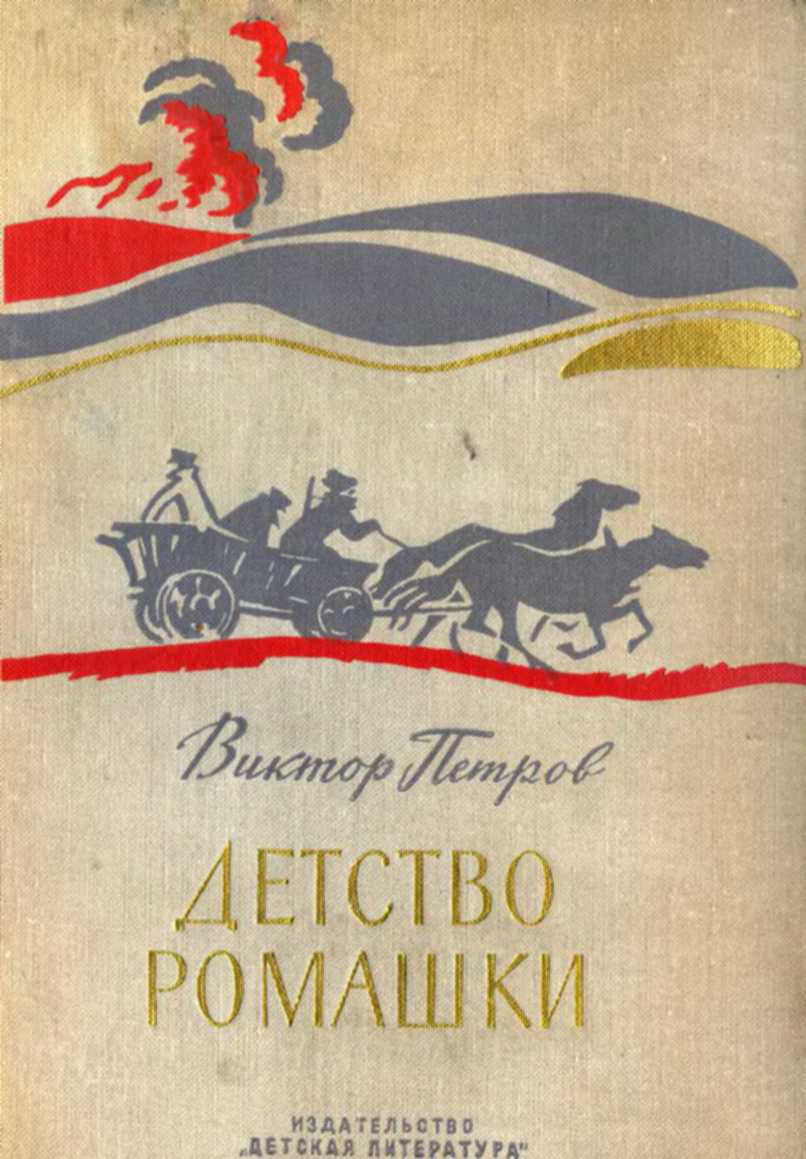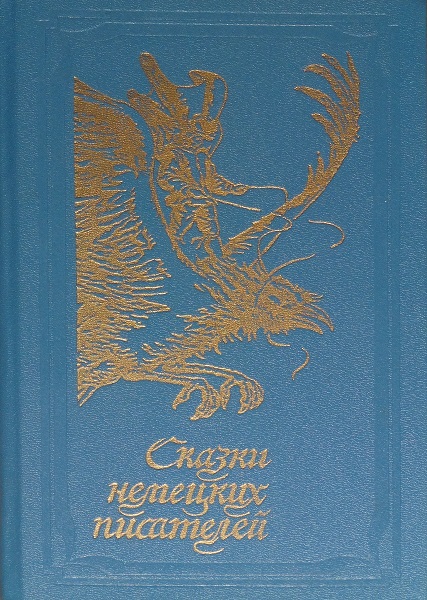more developed.
Japan and the United Kingdom are a prime example of developed countries whose national TP regulation systems are based on OECD.
The National Tax Administration of Japan regulates TP on the basis of the law on special taxation measures and the law on special taxation in the context of tax agreements. These rules are also based on OECD principles and are applied to prevent the movement of assets and double taxation. These rules also protect Japanese TNC from audits and sanctions by the Internal Revenue Service.
In the United Kingdom, the Board of Inland Revenue regulates TP according to the Income Tax and Corporate Tax Act adopted in 1998. The standards for the TP regulation for both tangible and intangible assets are similar to the OECD principles.
Despite some differences in various countries from the offered guidelines, in general, it is possible to note that the OECD Guidelines have made the basis for forming a national transfer pricing policy in Russia, Belarus, Kazakhstan and other countries.
It is necessary to note that the use of the OECD TP Guidelines is beneficial not only for tax authorities that now consider operations on TP as a promising object of tax control, but also for companies, because their correct use allows avoiding fines from tax authorities, reducing risks of double taxation and strengthening the positions during the audit.
III. RESULTA AND DISCUSSION
A. Information Support for Tp In the System of Business Partnership of Enterprises in International Markets
Now all business entities that use TP systems in international markets face the need in the efficient information support for TP. Therefore, the main thing for such entities is to form a well-adjusted data system for decision-making and control over TP and controlled transactions.
In this case, it means that for the TP system to function efficiently and not to cause permanent risks for the enterprise in terms of the possibility to get considerable fines within the tax control, it is necessary to have a well-adjusted management and financial accounting system in order to provide all departments directly related to concluding and executing contracts with counterparties within the affiliated entities with access to top quality information.
It is better for economic entities to function under the conditions of preliminary, rather than subsequent control of such operations.
In this case one of the most important and at the same time difficult stages is the organization of full-fledged document flow for the purposes of TP and the subsequent analysis of the collected and documented information.
In the system of financial and management accounting, an optimal document flow system should be formed. Its aim is to permanently ensure high quality results of analyzing TP to prevent potential losses from improper application of TP rules (or non-compliance with them) by the enterprise.
It is reasonable to use the list of basic information, including the following minimum as suggestions for creating an optimal document flow system:
— Arrays of data on controlled transactions, as well as transactions that may become potentially controlled,
— List of related persons,
— List of sources of information for the marketing analysis for the purposes of TP,
— Price information about the goods (works, services) that are subject to controlled transactions, and
— Parameters (indicators/conditions) of transactions to be monitored, except for prices, etc.
It is reasonable to create, to a certain extent, unified forms (templates) of in-company documents that would provide a three-tier approach in relation to data formation: Level 1 is the level of a group of companies, Level 2 is a private enterprise, and Level 3 is a controlled transaction. Various aspects related to TP are subject to the analysis. Therefore, it is reasonable to develop templates for the analysis regarding:
— Package of agreements (contracts), including foreign economic that imply controlled and potentially controlled transactions, — Schemes (regulations) of standard processes and the use of documents for the benchmark study, functional analysis, TP risk analysis, economic analysis of controlled transactions and TP documents flow, and
— Information exchange on TP issues between structural units of the company, as well as within the group of companies.
The documents regulating the functioning of the TP document flow system in the enterprise are of particular importance in the in-company documents system. They should include:
1) Provision (order) on the regulations (description) of the policy and internal control of the company’s (or group of companies) TP and the requirements and rules for the preparation, authorization, control, and archiving of documents and other information used to further make reports on controlled transactions and TP documentation,
2) Package of job descriptions that specify duties, tasks and functions of individual officials who should participate in the formation, verification, adjustment, maintenance, storage of TP documentation, as well as in the preparation of the Report on controlled transactions,
3) Forms of management reports on regulating the information on controlled transactions, and
4) Schedule for the preparation of Reports on controlled transactions and TP, etc.
The development and continuous testing and evaluation of the effects of controlled transactions in the TC system for the purposes of internal control are of great practical importance.
In general, the conclusion regarding the evaluation of such transactions should be based on:
1) Evaluation of transactions for the compliance with the definition of the term “controlled” in accordance with the tax legislation,
2) Functional and economic analysis of indicators,
3) Substantiation of applying a particular method of determining the transfer price, and
4) Preparation of a reasoned selection of components to form a range of prices (search for comparable transactions and individuals, carrying out a benchmark study), profitability evaluation, etc.
These stages will make it possible to substantiate the conclusion that the terms and conditions of controlled transactions comply with the “arm’s length principle”.
In recent years in the economic literature there have been attempts to develop guidelines for forming a system for TP documenting and substantiating controlled transactions.
According to the authors, it is possible to single out a number of basic steps for preparing TP documentation.
The first step is to study information about the related persons of the company and the place of the enterprise in the group of such related persons. In this case, contracts with contractors are subject to the study to determine the relatedness of persons





